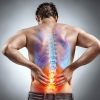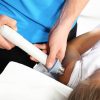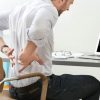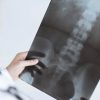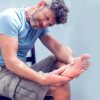How does Chiropractic work?
The main causes of joint dysfunction are mechanical, chemical, and emotional. Mechanical causes are referred to as micro- or macro-trauma. Microtrauma can also be called repetitive stress injury. Sitting with poor posture at a desk and typing all day can cause problems such as carpal tunnel, neck, upper back, or low back pain. Macro-trauma refers to pain due to trauma to the body, such as a fall, a break, or a car crash. Both forms of mechanical causes of joint dysfunction can benefit immensely from chiropractic care. Another cause of joint dysfunction is due to the chemical effects on the joint function and the body as a whole. Smoking, heavy drinking, and poor diet can create chemical imbalances in the body. Emotional stress also leads to joint dysfunction due to the overall stress and tension created within the body.
Chiropractic helps to remove postural imbalances and structural misalignments that can accumulate in our bodies over time. Chiropractic works by restoring your own inborn ability to be healthy. For your body to remain healthy, your nervous system must function well. For your nervous system to function well it must be free of interference. By restoring spinal function with Chiropractic adjustments, nerve interference by misaligned vertebrae is removed, thus allowing optimal nervous system function and improved health.
The customized care you receive from your chiropractor may help to improve your posture, muscle balance and mobility. It can also restore the integrity of your nervous system and get rid of pain quickly, so you can get back to feeling good today!
History
The history of chiropractic dates back as far as 17,500 BC. Hippocrates believed that a misaligned spine contributed to the health of an individual. Modern day chiropractic goes back over 100 years, when the first adjustment was given by Dr. Daniel Palmer on September 18, 1895.
Dr. Palmer, born in Canada in 1845, was very interested in the healing arts and first learned magnetic healing. This form of healing used the magnetism in the body. In 1886, Dr. Palmer opened his first office of magnetic healing in Burlington, Iowa. From there, he went on to open another office in Burlington, Iowa in 1887.
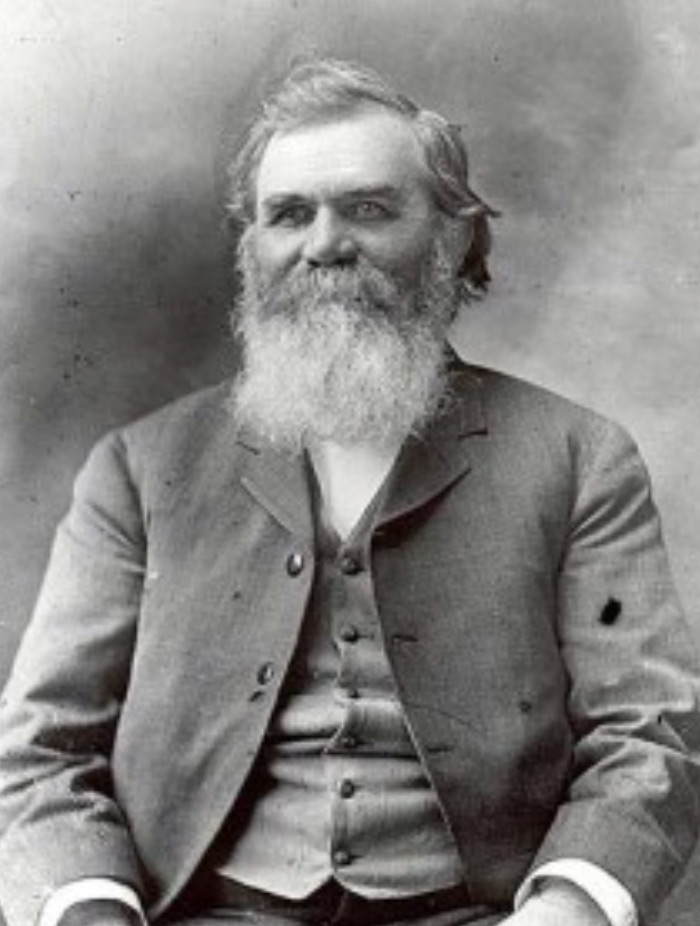
Dr. Daniel Palmer
His interest was finding the cause and effect of sickness. He studied to discover what causes sickness and what effects sickness has on the human body. The first chiropractic adjustment he gave in 1895 was performed on a man who had lost his hearing 17 years previously. He reported to Dr. Palmer that at the time of losing his hearing, he had strained his back and had heard a noise in his back when this happened. Suspecting that there could be a spinal misalignment, Dr. Palmer examined him and found a vertebra out of line. Dr. Palmer adjusted the vertebra back into position and the man’s hearing improved.
This proved Dr. Palmer’s theory that if the spine is aligned correctly, the nerve flow to all parts of the body will work correctly and thus the body will be healthy and free of disease. Dr. Palmer was excited to think that he may have discovered a cure for all sickness.
What is a Subluxation
Subluxation is a term used in the chiropractic field to describe what happens when one of the vertebrae in your spine moves out of position. The word subluxation is derived from the Latin words meaning somewhat or slightly (sub) and to dislocate (luxate). When this happens, the misaligned vertebrae create pressure and stress on the spinal nerves, blood vessels, and surrounding muscles. This pressure and stress can cause an imbalance in the body’s normal processes as the nerves in the spinal column extend to the entire body and its organs. As time goes on and the uncorrected subluxation settles, the damage to the nerve gets progressively worse and different stages of subluxation degeneration set in.
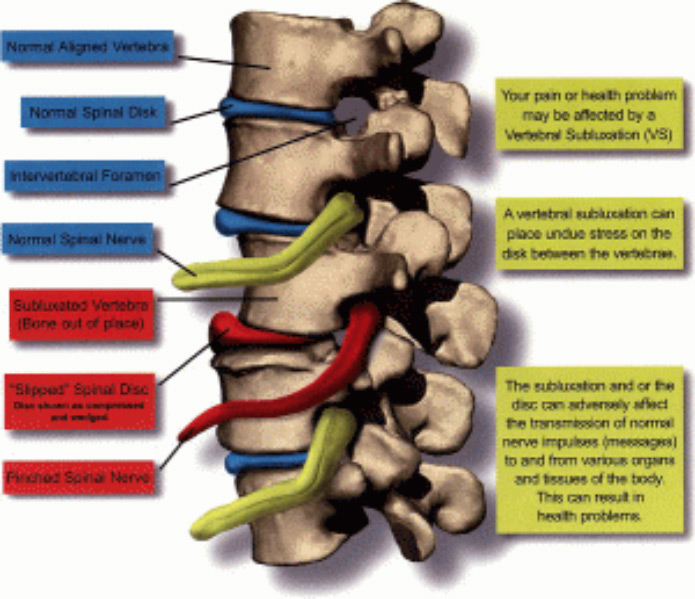
Subluxations can occur in a number of ways. A car accident, athletic injuries, birth trauma, pregnancy, a fall, sudden jar, or other traumas are all examples of unique instances that may cause a subluxation. The other occurrence of subluxation comes from regular actions such as improper sleeping position, poor posture, or incorrect lifting processes.
Chiropractors are specialists in correcting subluxation and other misalignments. A chiropractor can restore the misaligned vertebrae to the proper position in the spinal column. They do this manually by using the chiropractic procedure known as a spinal adjustment. Your chiropractor, in most cases, will use his or her hands in applying corrective pressure to the spine in a specific direction and location. The manual force or thrust helps restore the alignment and mobility of the vertebrae. In some cases, the chiropractor may use instruments to detect a subluxation and adjust the spine. Under normal circumstances, chiropractic adjustments are painless. In cases of trauma, such as car accident, some discomfort may be experienced due to inflammation.
Chiropractic Care slows down Degeneration
Phases of Degeneration
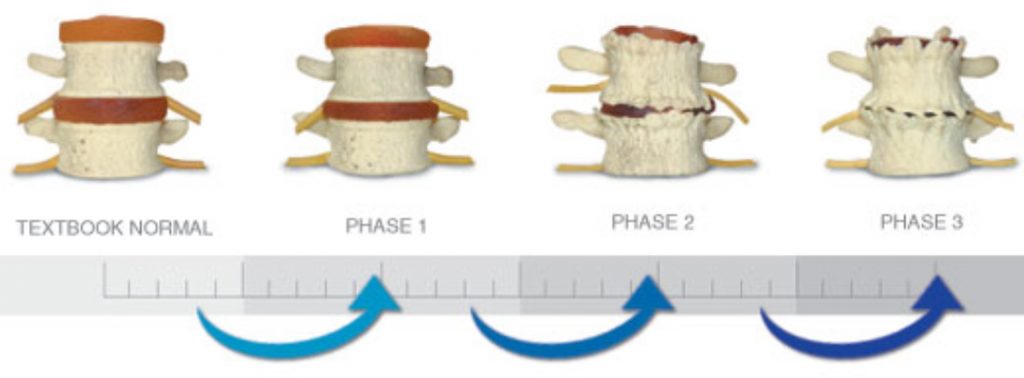
Degeneration Phase 1
First your spine loses its normal balance. There may be a loss of normal spinal curves. Your nerves may be affected and the vital life energy that flows over them is interfered with. Also your joints, discs, nerves and posture are stressed and age more quickly. Surprisingly, there may be no pain other than occasional minor discomfort. Also present may be a slight lessening of energy and slight height loss. Response to spinal care is generally good.
Degeneration Phase 2
Here there is a much greater degree of decay, disc narrowing and bone spurs (deformations); postural changes are much worse. This condition is very common (by age 40, 80% of males and 76% of females exhibit moderate disc degeneration). Spinal canal narrowing or stenosis may occur. This phase is characterized by more common aches and pains, fatigue, and a diminished ability to cope with stress. Height continues to decrease. With chiropractic care significant improvement is possible.
Degeneration Phase 3
Here there are more postural imbalances, increased nerve damage, permanent scar tissue and advanced bone deformation. Physical and/or mental weakness or disability begin. Also found in this phase are permanent loss of height and loss of energy. With care some reversal is possible.
Degeneration Phase 4
This is the most advanced stage of subluxation degeneration. The postural imbalance is severe and motion is limited. There is severe nerve damage, permanent scar tissue is formed and the bones may begin to fuse. In this phase we find pain, various degrees of physical or mental disability, and continued loss of energy and height. By now the condition is considered irreversible, although chiropractic may give some symptomatic relief
Chiropractors are specialists in correcting subluxation and other misalignments. A chiropractor can restore the misaligned vertebrae to the proper position in the spinal column. They do this manually by using the chiropractic procedure known as a spinal adjustment. Your chiropractor, in most cases, will use his or her hands in applying corrective pressure to the spine in a specific direction and location. The manual force or thrust helps restore the alignment and mobility of the vertebrae. In some cases, the chiropractor may use instruments to detect a subluxation and adjust the spine. Under normal circumstances, chiropractic adjustments are painless. In cases of trauma, such as car accident, some discomfort may be experienced due to inflammation.
How is Infinity Wellness Different?
Postural Chiropractic Adjusting
The CBP technique emphasizes optimal posture and spinal alignment as the primary goals of chiropractic care while simultaneously documenting improvements in pain and functional based outcomes. The uniqueness of postural treatment is in structural rehabilitation of the spine and posture.
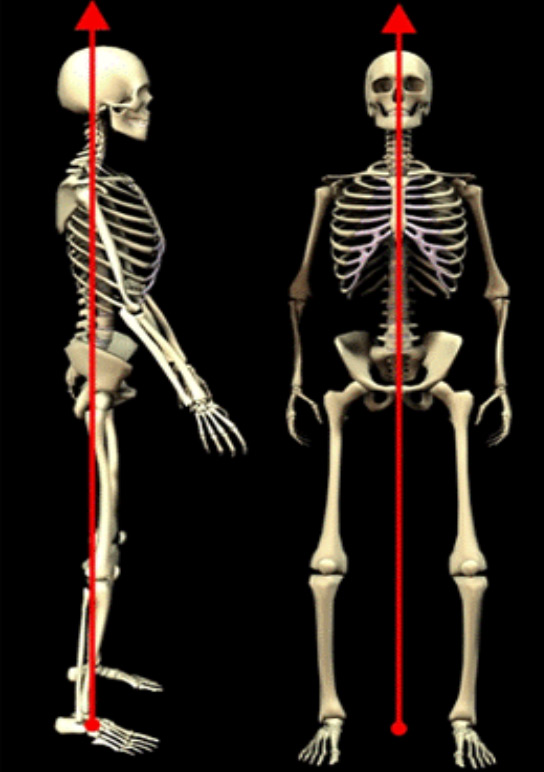
Ideal Postural Alignment
Ideal postural alignment is depicted in both the frontal and side views. In each view, the center of mass of the skull, thorax, and pelvis are in a vertical line with respect to gravity. In the frontal view, the spinal column is vertically aligned-a straight column- with respect to gravity. In the side view, the spine has three primary curvatures which will be described below:
- Neck Curve – Cervical Lordosis,
- Ribcage Curve – Thoracic Kyphosis,
- Low back Curve – Lumbar Lordosis
Ideal Spinal Alignment:
Dr. Hansen based this off the Harrison Full Spine Model
As in all fields of study dealing with the human body, i.e. physiology, hematology, anatomy, etc., there exist normal values for alignment of the spine. The Harrison Spinal Model is an evidenced based model for side view spinal alignment. It is the geometric path of the posterior longitudinal ligament or the backs of the vertebra from the 1st neck vertebra to the bottom of the lower back or top of the sacrum.
The neck or cervical spine should have a geometric shape that approximates a ‘piece of a circle’. The ribcage or thoracic spine should have a geometric shape that approximates an oval-elliptical shape. And the low back or lumbar spine should have a geometric shape that approximates an oval-elliptical shape.26-31
These are “evidence based” models. In fact, the CBP® neck-cervical circular model27 and the low back- lumbar elliptical model29 have both been found to have discriminative validity between pain and non-pain subjects. In other words, the Harrison Spinal Model has been found to be able identify pain subjects versus non-pain subjects by what their spinal x-ray shapes are.

These three figures above, demonstrate the concept that each spinal region has a normal ‘geometry’ or shape of the spinal curves. On the readers left is the Neck or Cervical spine. Here the shape in the neck curve should approximate a piece of a circle. In the Center is the Ribcage or Thoracic spine. Here the shape in the ribcage should approximate a piece of an oval or ellipse. On the Right is the Low back or Lumbar spine. Here the shape in the low back should approximate a piece of an oval or ellipse.
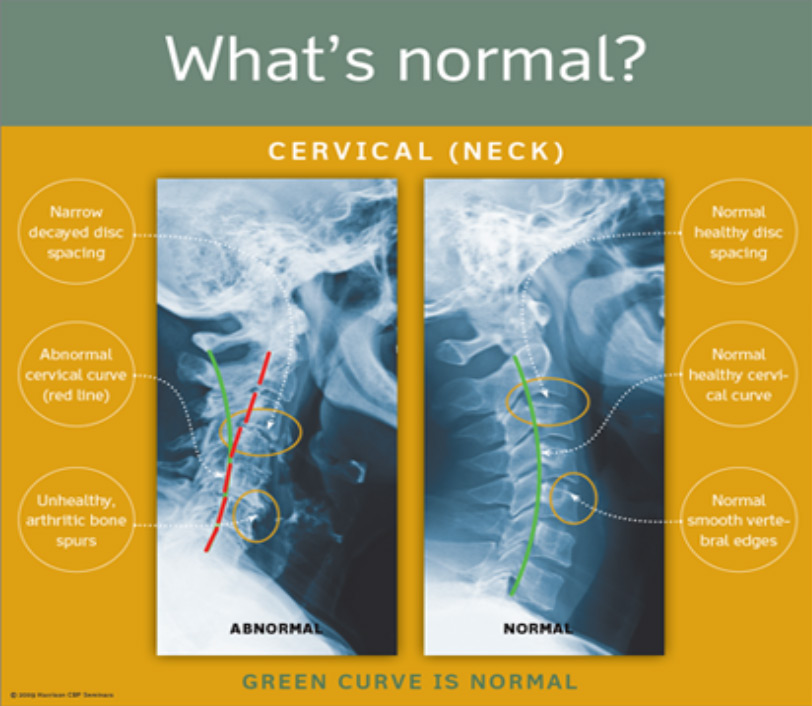
The Harrison Spinal Model in the Neck-Cervical region. The Harrison spinal model is depicted as the GREEN curved line in this figure. On the Right is a normal curved patient x-ray. On the Left is an abnormal curved patient x-ray; where the patient’s abnormal shape is shown by the Red dashed line. The Harrison Spinal Model in the neck has been shown to reasonably predict which person will have neck pain compared to normal subjects.
X-Ray Analysis and Utilization
To establish optimal and average sagittal models, x-ray analysis and line drawing procedures are utilized. CBP protocols require that the doctor must measure the displacements on spinal radiographs (segmental Subluxation). Both lateral-side view and anterior to posterior (AP) or frontal view CBP® x-ray line drawing procedures have been studied and found to be reliable. Furthermore, CBP utilizes standardized x-ray positioning procedures that have been studied and found to be reliable.
As with measures of pain intensity, range of motion, and quality of life, periodic assessment of spinal structural alignment is important to evaluate progress and determine when maximum patient improvement has been reached. In CBP® Technique, the use of initial and follow-up spinal x-rays or radiographs is deemed necessary; however, some in chiropractic have condemned the use of follow-radiographs to collect alignment data. Importantly, there is data to show that the use of medical/chiropractic x-rays constitutes a very minor health risk and in fact has been shown to be of benefit (decreased sickness and cancer mortality rates) in some studies.
In reality, the only way to see what an individual patient’s spine alignment looks likes, is to obtain spinal imaging such as Radiography or X-ray. No-one would not take their car to the mechanic and say: Something is wrong with my engine but don’t look under the hood – Would you? Then why would anyone want a Chiropractor to adjust-treat their spine without having an x-ray to see what the person’s spine looked like? – Would You?
Mirror Image Postural Adjustments
In March 1980, Dr. Don Harrison originated postural Chiropractic adjusting procedures that he coined the term Mirror Image adjusting. Clinically, these adjusting set-ups were found to result in postural and spinal alignment improvements verified with follow up x-ray; this impression would be subjected to studies later as shown in Table 1 above. Figures below demonstrate two examples (there are literally thousands more as there can be many postural combinations of each region) of Mirror Image Adjustments utilized in CBP Technique.
Mirror-Image Adjustments assists the Chiropractor in the rehabilitation of the patient’s posture. In theory, these adjustments re-balance the bodies sense of proper balance or alignment by way of triggering improved muscle and nerve reflexes. Thus, postural adjustments as performed with drop table, hand-held instrument, or even mirror image manipulation procedures, are performed for resetting the nervous system regulation of postural muscle balance.51

Mirror Image adjustment example for the head posture. The patient has forward head posture (translation) and the skeletal animation shows what happens to the spine with this posture. On the right is the CBP Mirror Image adjustment. The posture is placed in its opposite position and then a Chiropractic adjustment is performed.

Mirror Image adjustment example for the ribcage posture. The patient has right lateral ribcage posture (translation) and the skeletal animation shows what happens to the spine with this posture. On the right is the CBP® Mirror Image adjustment. The posture is placed in its opposite position and then a Chiropractic adjustment is performed.
Pre/Post Natal Adjusting
Chiropractic care during pregnancy and delivery is vital to maximize the normal physiological function of both the mother and baby. “Entrainment” is the process by which one person’s nervous system drives another’s. Therefore, everyday chemical, physical, and emotional stresses that subluxate a pregnant woman, also affect her developing child. Consequently, the more-free of subluxation the mother is, the better it is for her developing child.
Benefits of chiropractic care for the pregnant mother:
- Prepares the pelvis for an easier pregnancy and birth by creating a state of balance in pelvic bony structures, muscles and ligaments.
- Relieves back and neck discomfort/pain during pregnancy by eliminating stresses in the spine and restoring balance to the pelvis.
- Removes tension on the ligaments that support the uterus thus reducing torsion (intrauterine constraint) to the women’s uterus.
- Reduces interference to the mother’s vital nerve system which controls and coordinates all of her systems and functions.
- Allows for a safer, easier labor and delivery for the mother and child.
- Decreases the need for medical intervention during childbirth.
- Reduces the length of labor.
Benefits of chiropractic care for the unborn child:

- Removes interference to the mother’s nerve system allowing for unobstructed development of the baby.
- Removes intrauterine constraint, allowing the baby the room to develop without restrictions to its forming cranium, spine and other skeletal structures.
- Offers the baby the room to move into the best possible position for birth. With proper fetal positioning, there is a significant decrease in dystocia (difficult labor) and the resulting potential birth trauma caused by emergency intervention.
How can Chiropractic help me during pregnancy?
Pre-existing unnoticed imbalances in your spine and pelvis become overtaxed when pregnant. The added stresses lead to discomfort and difficulty while performing routine, daily activities. Chiropractic care throughout pregnancy can relieve and even prevent the common discomforts experienced in pregnancy. At King Chiropractic we give specific adjustments to eliminate the stresses in your spine, restore balance to your pelvis, which result in greater comfort and lifestyle improvements.

The way the growing baby can stress out a pregnant woman’s body is primarily by the weight coming down on her low back and sacrum. The force of gravity acting on the fetus and pushing it downward is an incredible pressure on the lumbar spine, which can ultimately lead to the spinal joints in the area fixating. Remember that fixated joints are called subluxations, and subluxations lead to decreased motion and pain. Subluxations also lead to an increase in muscle spasms and inflammation. But most ominously subluxations can irritate sensitive nerve tissue, which can lead to excruciating pain and disability.
The musculoskeletal discomfort of pregnancy typically begins in trimester two. As the baby starts growing, pregnant women are instructed to not lie in the supine position, or flat on their backs. The problem with doing so is that the weight of the baby can come down on the inferior vena cava (the main vein returning blood to the heart), cutting off the blood supply to the uterus. This can ultimately compromise the pregnancy.
Being unable to lie flat on their backs or their bellies, pregnant women must try to get comfortable either on their sides or in the Fowler’s position, which is essentially on their backs but at an upright angle. Either way, comfort for mama becomes a fleeting luxury.
Infant / Pediatric Adjusting
Spinal Elongation
A baby’s spine lengthens by 50 percent in his first year. At no other time does this growth happen so rapidly, so you want to make sure your baby is in proper alignment, ensuring proper symmetrical growth.
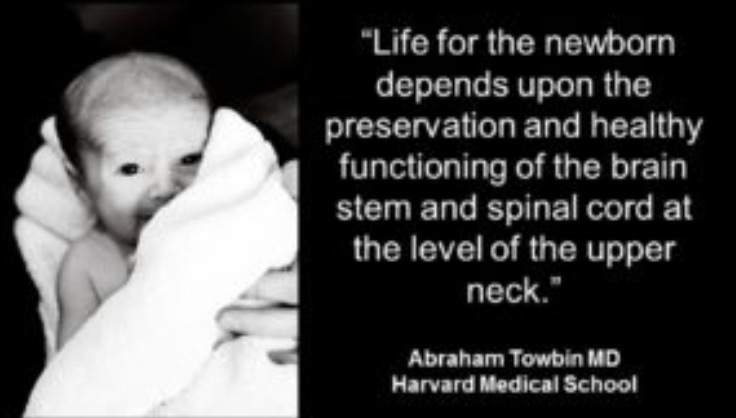
The Hueter-Volkman law states that bones change shape with pressure by slowing bone growth in response to pressure (compression forces). Any spinal misalignment changes the balance of pressure across the spinal bones and can lead to asymmetric bone development. This is the difference between having a spine like a straight, strong oak and having a spine like a crooked tree.
The first year of life is also the time of spinal curvature development. There are curves called lordosis present in your neck and lower back, and curves called kyphosis in your mid-back and sacrum. These spinal curves are necessary for movement, balance, upright posture, protection, and shock absorption. Without being in alignment during this crucial time, a baby’s spinal curves may not develop properly—giving him a poor foundation for later in life.
Is it safe for infants to get adjusted?
Yes. Adverse events linked to pediatric chiropractic care are virtually nonexistent, estimated at 1 in 250 million pediatric visits. There is not a single medical procedure safer than that, but I would encourage parents to seek out chiropractors who routinely take care of children in their practice.
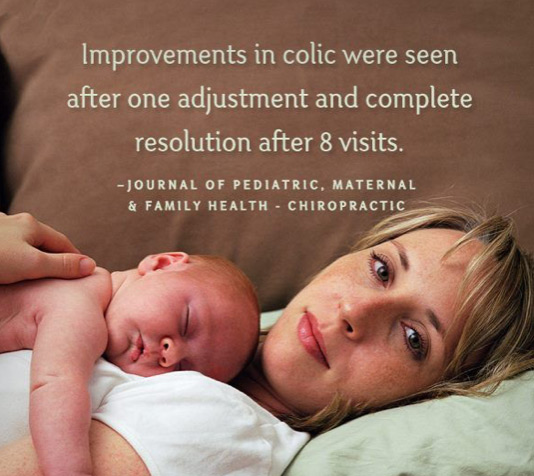
When adjusting a newborn, a skilled chiropractor will only use the amount of pressure that you would use to comfortably push on your eye. The child gets checked by hand and with technology, then is placed in position (usually in Mommy’s lap), and gentle pressure is applied. That’s all there is to it. It’s simple, safe, and effective.
Two major studies on chiropractic and infantile colic have shown that over a period of two weeks (usually three visits) 94 percent of babies adjusted by chiropractors showed a successful rating, with 25 percent showing improvement after the first adjustment. Dr. S. Vallone, in a 2007 study, concluded, “Chiropractic adjustments in the early stages of neurologic imprinting appear to safely and effectively address the cranio-cervical dysfunction and help restore natural, efficient suckling patterns for infants who are unable to successfully latch.”
Better immunity through a healthy spine and nerve system
A leader in psychoneuroimmunology, Dr. Candice Pert, credits chiropractic as having a significant effect on maximizing immunity via maintenance of a healthy nerve system.
A pilot study examined the relationship between intensity of chiropractic care and incidence of childhood diseases. The results showed that children who went to the chiropractor more than seven times per year had an increased resistance (immunity) to common childhood diseases.
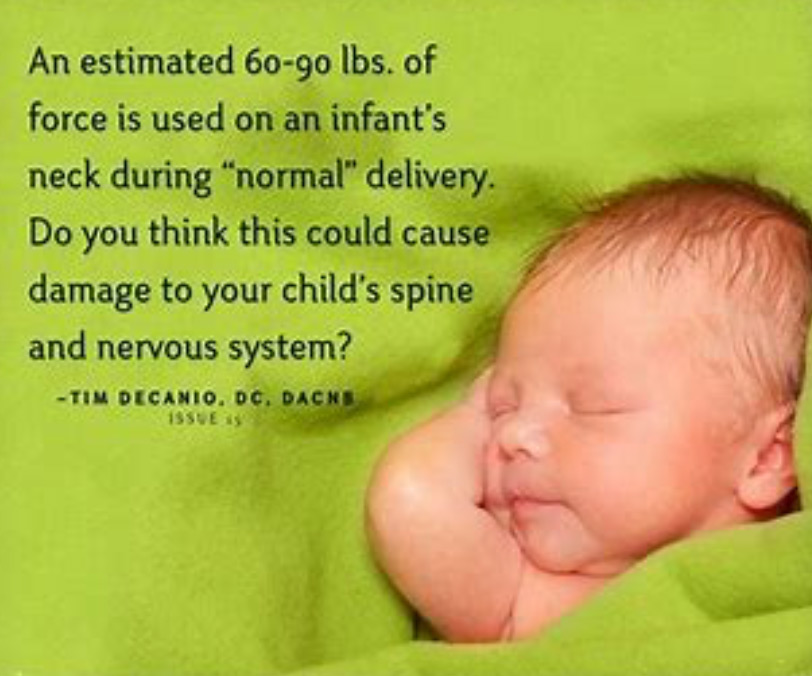
Many parents, Dr. Hansen included, have their children checked regularly by chiropractors as part of a healthy lifestyle to help them develop to their potential. Chiropractic is a safe, gentle, and effective way to address nerve dysfunction and promote overall wellness in the newborn and growing child.



